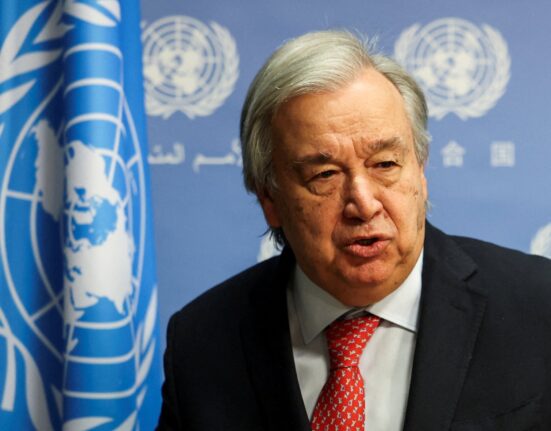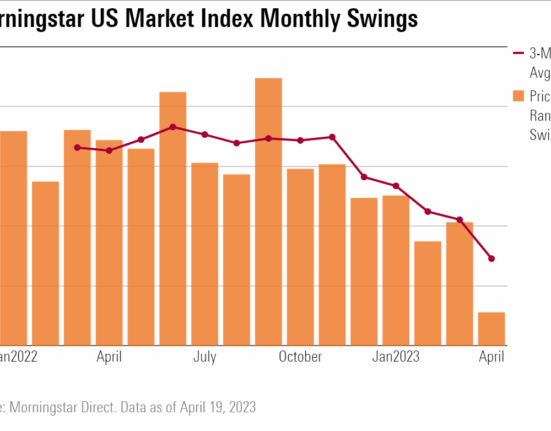In the heart of Washington, D.C., a groundbreaking proposal has emerged, set to tackle one of society’s most entrenched vices – smoking. The Food and Drug Administration (FDA) recently unveiled an ambitious plan aimed at curbing the addictive nature of cigarettes by limiting their nicotine content. This move, long championed by anti-smoking advocates, holds the promise of reshaping America’s relationship with tobacco. However, its fate hangs precariously in the balance as it awaits a decision from the incoming administration led by President-elect Donald Trump.
As whispers of this transformative proposal echo through bureaucratic corridors and public health circles alike, experts and stakeholders are abuzz with anticipation and skepticism. Will this bold initiative see the light of day under a new leadership that remains tight-lipped on its stance towards tobacco regulation?
“Reducing nicotine would help nearly 13 million current smokers quit cigarettes within one year.”
The FDA’s strategic gambit comes amidst a backdrop of staggering statistics – over 480,000 lives lost annually in the U.S. due to smoking-related diseases such as cancer, heart ailments, and strokes. These grim realities underscore the urgent need for innovative interventions that can break the cycle of addiction and prevent millions more from falling prey to tobacco’s deadly allure.
The Roots of Regulation: Unveiling FDA’s Authority
The genesis of this audacious plan can be traced back to Congress’ bestowal of sweeping powers upon the FDA in 2009 to oversee and regulate the tobacco industry. While this mandate granted regulators significant leverage over nicotine control measures, it also ushered in years fraught with legal battles against heavyweight tobacco conglomerates resistant to change.
The notion of capping nicotine levels represents a pioneering endeavor on both domestic and global fronts. Unlike other nations where no formal restrictions exist on nicotine content, America stands at the precipice of charting new territory – potentially revolutionizing public health strategies worldwide.
Challenges Ahead: Industry Opposition & Regulatory Hurdles
Despite its noble intentions, the FDA’s blueprint faces formidable opposition from industry giants like Reynolds American and Altria who are poised to contest any regulatory constraints through protracted legal wrangles. This looming showdown threatens to stall progress on a measure designed to save lives and alleviate societal burdens associated with smoking-related illnesses.
As policymakers grapple with intricate decisions surrounding public health mandates amidst shifting political landscapes, questions abound regarding the efficacy and feasibility of enforcing such far-reaching reforms within a contentious regulatory environment marked by entrenched interests.
Expert Voices: Advocates Rally Behind Anti-Smoking Crusade
Amidst this turbulent sea of uncertainty, voices within the advocacy community ring out in resounding support for stringent anti-smoking policies spearheaded by government agencies like the FDA. Chrissie Juliano from Big Cities Health Coalition underscores the pivotal role played by comprehensive tobacco regulations in combating chronic diseases plaguing communities nationwide.
With mounting pressure on governmental nominees like Robert F. Kennedy Jr., proponents urge swift action towards implementing measures that could redefine public health paradigms for generations to come.
Paving a Path Forward: Rethinking Smoking Culture
At its core, FDA’s epoch-making proposition seeks not just to mitigate individual addictions but also reshape societal norms around smoking behavior itself. By rendering cigarettes less alluring through reduced nicotine levels, policymakers aim not only to assist current smokers in quitting but also deter future generations from succumbing to this lethal habit.
In an era characterized by evolving attitudes towards health consciousness and preventive care initiatives, this momentous initiative holds immense potential for catalyzing transformative shifts in how we perceive and address pervasive public health challenges such as smoking prevalence rates across diverse demographics.
In conclusion…
With aspirations as lofty as they are laudable, FDA’s landmark directive stands poised at a crossroads between ambition and pragmatism—a testament to our collective resolve in confronting complex health crises head-on. As debates rage on within legislative chambers and boardrooms alike over the fate of cigarette addiction reform efforts under new political stewardship,
One thing remains abundantly clear—the journey towards building healthier communities free from tobacco’s grip is fraught with obstacles yet brimming with untold possibilities waiting to be seized.









Leave feedback about this